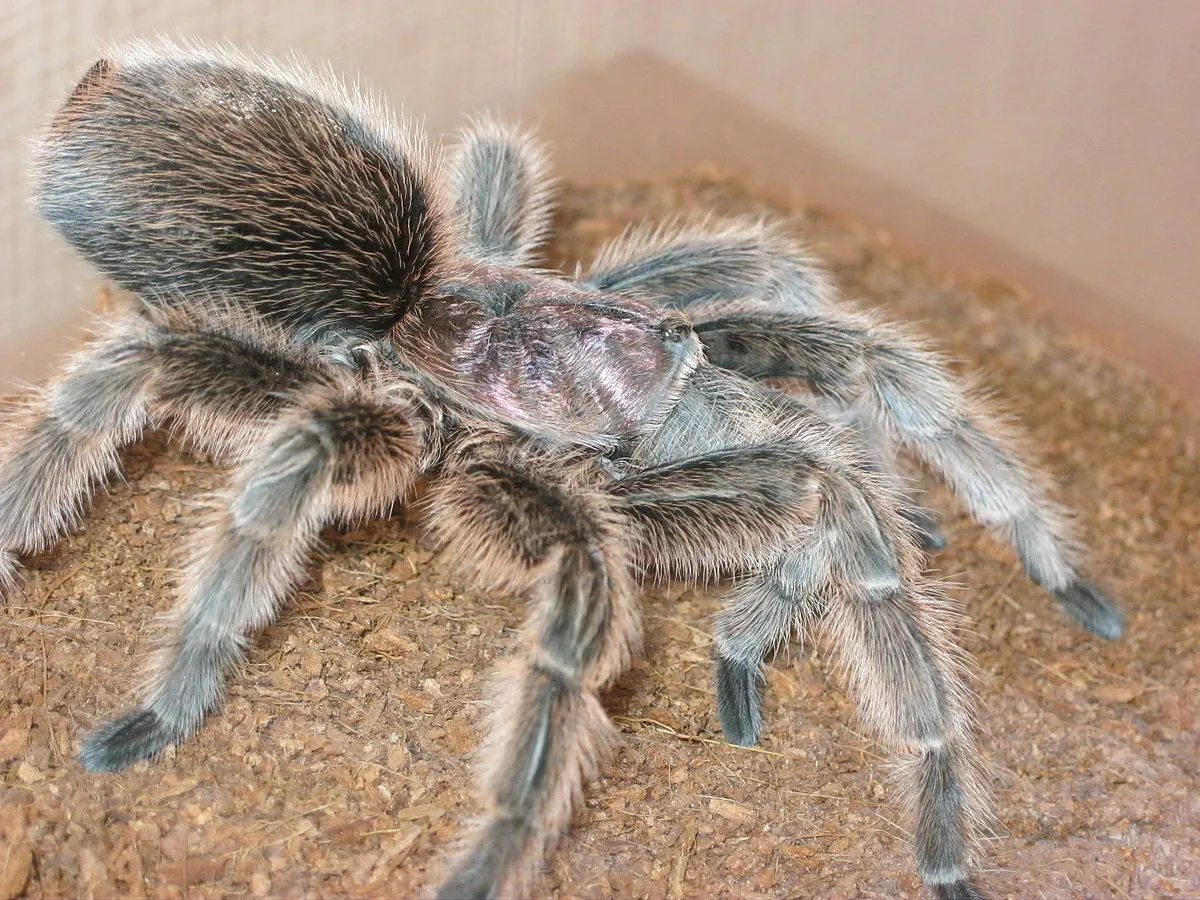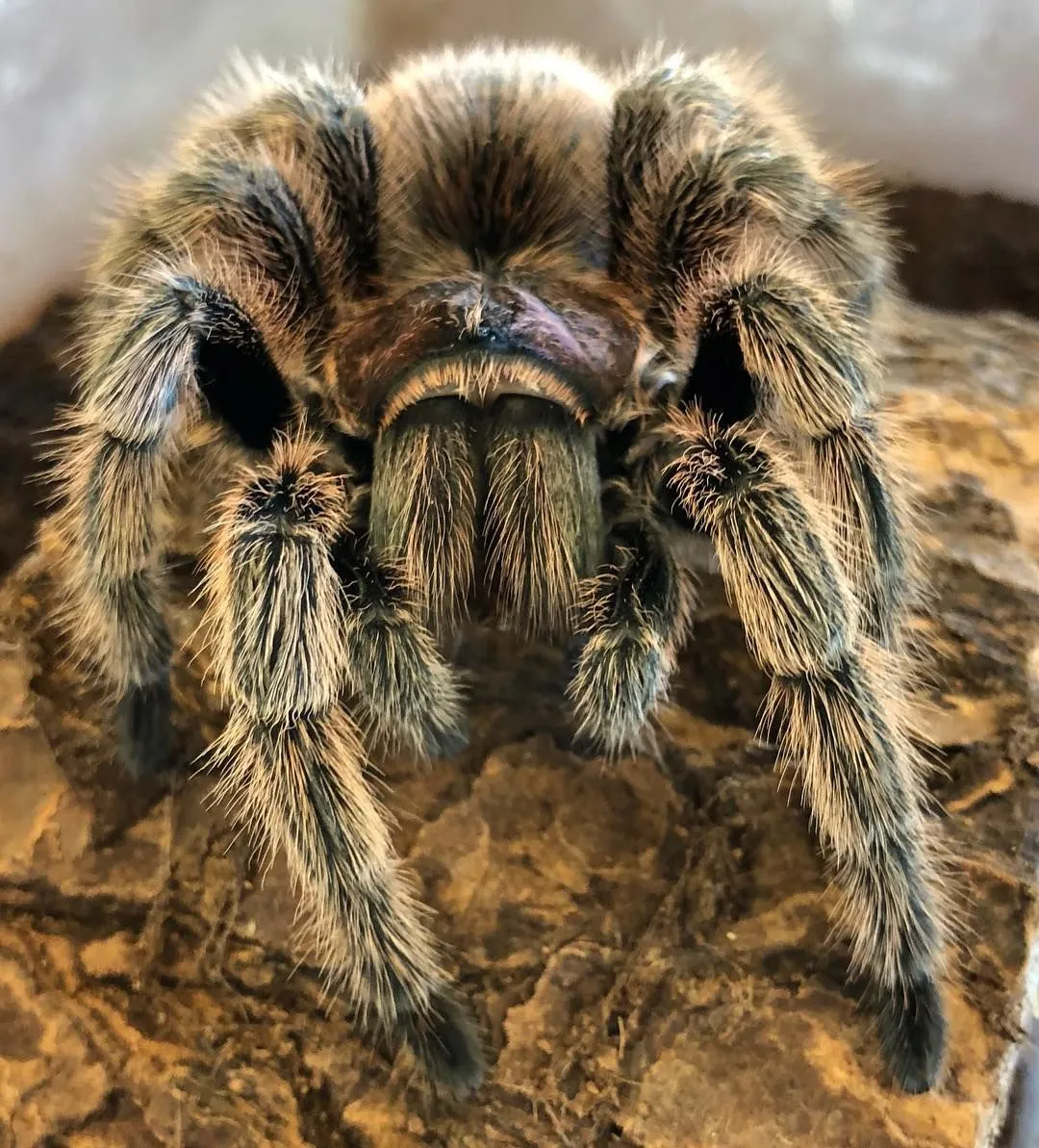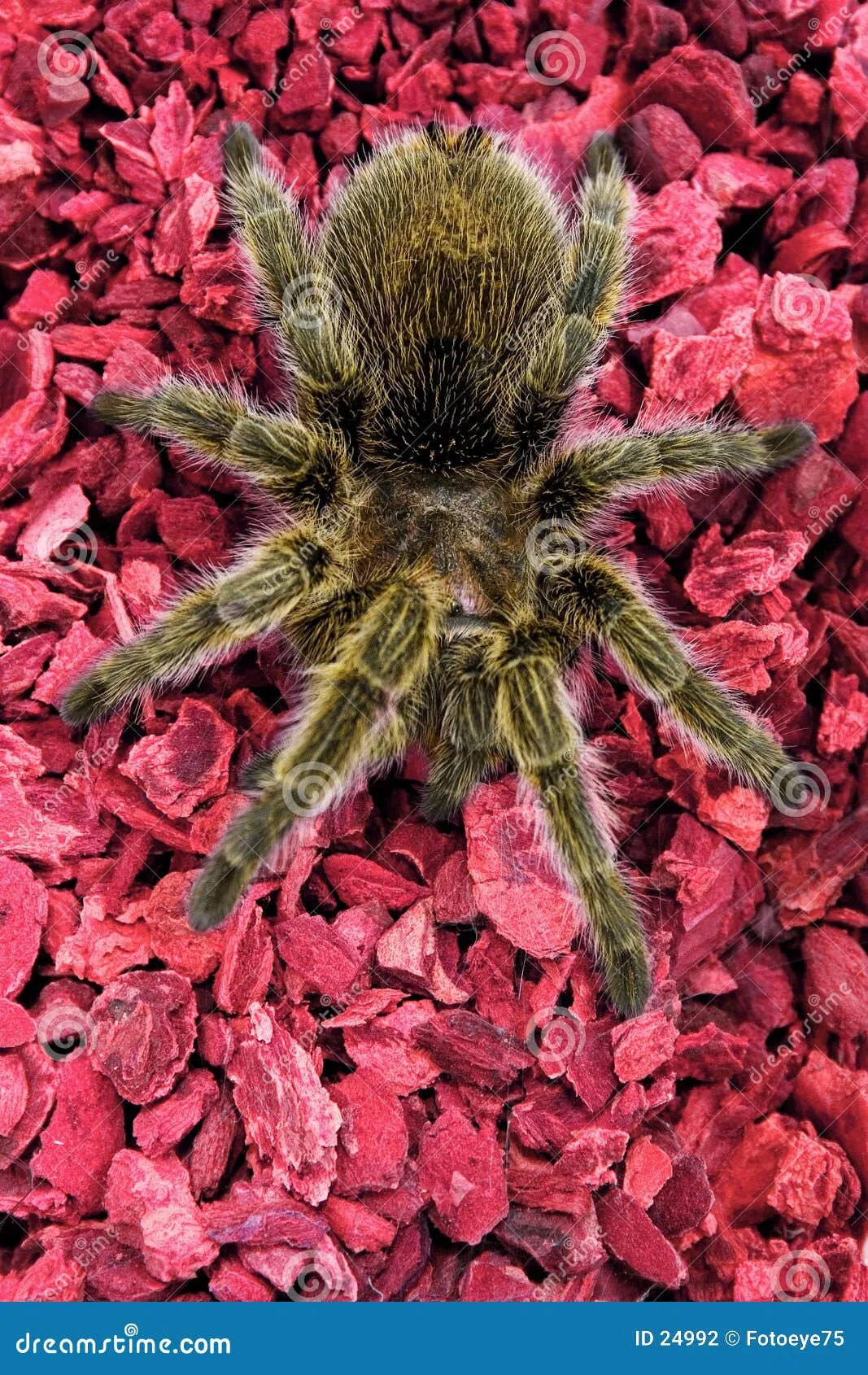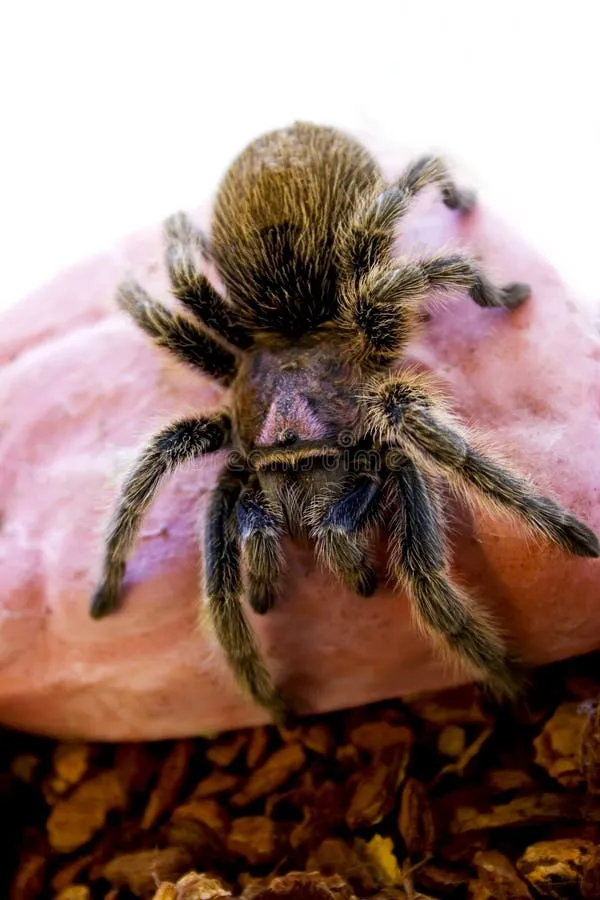Rose Hair Tarantula Lifespan Unveiled
The rose hair tarantula (Grammostola rosea), a popular pet among arachnid enthusiasts, captivates with its docile temperament and striking appearance. One of the first questions prospective owners ask concerns lifespan, as the commitment to care extends for a considerable period. Understanding the average lifespan of a rose hair tarantula is crucial for responsible pet ownership, as it allows owners to prepare for the long-term care requirements of these fascinating creatures. This article delves into the intricacies of rose hair tarantula lifespan, exploring the various factors that influence it, and providing essential insights into how to maximize your pet’s longevity and ensure a fulfilling life for your eight-legged companion. The rose hair tarantula’s lifespan, while impressive, is not a fixed value, but rather a range influenced by a multitude of factors. Learning these factors is crucial for responsible pet ownership.
Factors Influencing Rose Hair Tarantula Lifespan
Several key factors significantly impact the lifespan of a rose hair tarantula. These include gender, habitat conditions, diet, and overall health management. Providing an optimal environment is paramount; this means maintaining appropriate temperature and humidity levels, providing a suitable substrate for burrowing, and ensuring the enclosure is spacious enough for the tarantula to thrive. A balanced diet, free of pesticides, is also crucial for health. Regular monitoring for signs of illness, and prompt veterinary care, when needed, will also positively affect lifespan. Understanding and managing these factors provides the best opportunity for a rose hair tarantula to reach its full potential lifespan. An appropriate habitat, a well-rounded diet and preventative health measures are essential to a long and healthy life.
Gender Differences and Longevity

Gender plays a significant role in the lifespan of rose hair tarantulas. In general, female tarantulas tend to live much longer than their male counterparts. This difference is primarily due to the reproductive cycle and physiological differences between the sexes. Males, after reaching maturity, typically have a shorter lifespan, often only living for a year or two. Females, on the other hand, can live for several years, often exceeding a decade. Understanding these gender-based variations is an important factor in anticipating your pet’s life cycle.
Male Rose Hair Tarantulas
Male rose hair tarantulas generally have a shorter lifespan compared to females. After their final molt, males mature and are primarily focused on mating. This process significantly depletes their energy reserves. Once they reach maturity, their primary goal is to find a mate, which often involves wandering and engaging in risky behaviors. Their shorter lifespan is partly due to these lifestyle choices and the physical stresses of mating. This life cycle of male rose hair tarantulas has a significant impact on their lifespan, leading to a shorter overall duration.
Female Rose Hair Tarantulas
Female rose hair tarantulas are known for their impressive longevity, often living for 10 to 20 years or even longer. This extended lifespan is due to the fact they don’t undergo the same physically demanding reproductive processes that males experience. Females continue to molt throughout their lives, which helps them repair injuries and maintain health. Furthermore, female rose hair tarantulas typically have a more stable lifestyle, remaining in their burrows and conserving energy, which contributes to their longevity. This longevity is a significant advantage for pet owners seeking a long-term companion.
Optimal Habitat for Longevity

Creating the right habitat is fundamental to ensuring a long and healthy life for your rose hair tarantula. The enclosure should mimic their natural environment as closely as possible. This includes maintaining the appropriate temperature and humidity, and providing a suitable substrate for burrowing and a hide for security. The dimensions of the enclosure should be appropriate to the size of the tarantula, allowing for comfortable movement and minimizing stress. A well-designed and maintained habitat reduces stress, supports health, and contributes positively to the longevity of your pet. Consider the environmental factors and provide a comfortable living space for your tarantula.
Temperature and Humidity
Rose hair tarantulas thrive in a specific range of temperature and humidity levels. The ideal temperature for a rose hair tarantula is between 75 and 85 degrees Fahrenheit (24 to 29 degrees Celsius). Humidity should be maintained at 60-70%. Regular monitoring using a thermometer and hygrometer is essential to ensure these parameters are consistently met. This can be achieved through proper ventilation, and by spraying water in the enclosure, depending on the needs of the tarantula. Maintaining the correct temperature and humidity is vital to the tarantula’s overall health and well-being, directly impacting its lifespan.
Substrate and Enclosure Size
The substrate and the size of the enclosure are critical components of a healthy habitat. A suitable substrate allows the tarantula to burrow, which is a natural behavior that provides security and helps regulate humidity. Recommended substrate options include a mix of peat moss, vermiculite, and coconut fiber. The enclosure size should be proportional to the tarantula’s size, providing enough space for movement without being overly large, which can make the tarantula feel exposed and stressed. For an adult rose hair tarantula, a 10 to 20-gallon tank is often suitable. The enclosure should also include a hide, such as a cork bark or a hollow log, where the tarantula can retreat and feel secure.
Nutritional Needs and Diet

Proper nutrition plays a vital role in the lifespan of a rose hair tarantula. A balanced diet ensures that the tarantula receives all the necessary nutrients for growth, maintenance, and overall health. The diet should primarily consist of live insects that are gut-loaded, which means they are fed nutritious food before being offered to the tarantula. Variety in the diet is crucial. Providing a diverse range of insects helps ensure that your tarantula gets a full spectrum of nutrients. Regular feeding, appropriate portion sizes, and the avoidance of overfeeding are key components of a healthy diet. A well-balanced diet directly contributes to the overall health and, consequently, the longevity of a rose hair tarantula.
Feeding Frequency and Types of Food
The frequency of feeding and the type of food are crucial considerations for the health and longevity of your rose hair tarantula. Young tarantulas require more frequent feedings, typically two to three times a week, while adults can be fed once or twice a week. Appropriate insect choices include crickets, mealworms, dubia roaches, and appropriately sized cockroaches. Avoid feeding wild-caught insects, as these may carry parasites or pesticides. Ensure that the food is appropriately sized for the tarantula, so it can be easily consumed. The feeding frequency should be adjusted based on the tarantula’s age, size, and appetite, with the goal of maintaining a healthy body condition without overfeeding. A well-managed feeding schedule ensures the tarantula receives adequate nutrition, contributing to a longer, healthier life.
Impact of Molting on Lifespan
Molting is a natural process for tarantulas, and it’s an essential factor that impacts their lifespan. During molting, the tarantula sheds its exoskeleton to grow. The frequency of molting decreases as the tarantula ages. This process requires significant energy, and during molting, tarantulas are vulnerable to injury. Providing a safe environment during molting is vital. This includes maintaining the correct humidity levels, avoiding disturbances, and providing a secure place where the tarantula can complete the process undisturbed. Proper molting is essential for overall health and longevity. Ensuring that your tarantula molts successfully, without stress or injury, is a key element of responsible pet ownership.
Common Health Issues Affecting Lifespan

Like all living creatures, rose hair tarantulas can suffer from health problems. Understanding these issues allows you to take preventative measures and seek appropriate care. Common health problems include parasites, bacterial infections, and injuries resulting from falls or encounters with other animals. Recognizing the signs of illness early is essential for effective treatment. Regular observation of your tarantula is crucial. Preventative care, such as providing a clean and properly maintained habitat, feeding a balanced diet, and avoiding unnecessary stress, can significantly reduce the risk of health problems and increase the likelihood of a long lifespan.
Parasites and Diseases
Rose hair tarantulas can be affected by various parasites and diseases. Some common parasites include mites, which can infest the tarantula and cause irritation and health issues. Bacterial and fungal infections can occur, often due to poor sanitation or a weakened immune system. Providing a clean, well-maintained habitat and quarantining new tarantulas can help prevent the spread of parasites and diseases. If you suspect your tarantula is ill, seeking advice from a veterinarian experienced in exotic animals is critical. Early intervention and prompt treatment can increase the chance of a full recovery and extend the tarantula’s lifespan. Regular health checks help ensure your tarantula is healthy and thriving.
Preventative Care and Maintenance
Preventative care is crucial to ensure the health and longevity of your rose hair tarantula. This involves maintaining a clean and well-maintained habitat, providing a balanced diet, and minimizing stress. Regular cleaning of the enclosure is essential to prevent the buildup of waste and potential pathogens. Ensure fresh water is always available and replace any uneaten food promptly. Avoid handling the tarantula unnecessarily, as this can cause stress. Routine health checks, including observing the tarantula’s behavior, appetite, and overall appearance, can help detect early signs of illness. Proactive care is more effective than reactive measures, and contributes to the health and extended lifespan of your tarantula.
Signs of Aging in Rose Hair Tarantulas

As rose hair tarantulas age, they exhibit certain signs that can help you understand their life stage. The most visible signs of aging in tarantulas include slower movement, a decrease in appetite, and reduced activity. Molting frequency decreases significantly as tarantulas get older, as well. The exoskeleton may become more brittle or show signs of wear. Being aware of these signs allows owners to adjust the care routine appropriately and provide the best possible support during their pet’s senior years. Recognizing these signs can help provide the best quality of life during their later years.
Extending Your Tarantula’s Life
While you can’t guarantee a tarantula’s exact lifespan, you can significantly extend it by providing excellent care. This involves understanding your tarantula’s needs, creating an optimal habitat, and providing a balanced diet. Regular observation of the tarantula is essential. The key to extending your tarantula’s life lies in proactive care, including maintaining the ideal temperature and humidity, providing appropriate substrate, offering a diverse diet of gut-loaded insects, and minimizing stress. Regular monitoring of your tarantula’s health, and taking swift action if any signs of illness are observed, are also vital. By providing excellent care and attention, you can contribute greatly to your tarantula’s long and fulfilling life. An enriched life has a direct impact on the lifespan of your rose hair tarantula.
Conclusion
The rose hair tarantula can live for many years, making them a long-term commitment for pet owners. Understanding the factors influencing their lifespan, such as gender, habitat, diet, and health, is critical. By providing the right care and maintaining an optimal environment, you can significantly improve your pet’s chances of living a long and healthy life. Responsible pet ownership includes research, preparation, and a dedication to meeting your tarantula’s needs throughout its life. Following the guidelines in this article will increase your chances of sharing many happy years with your rose hair tarantula. The health and longevity of your rose hair tarantula are in your hands, and your commitment makes all the difference.
